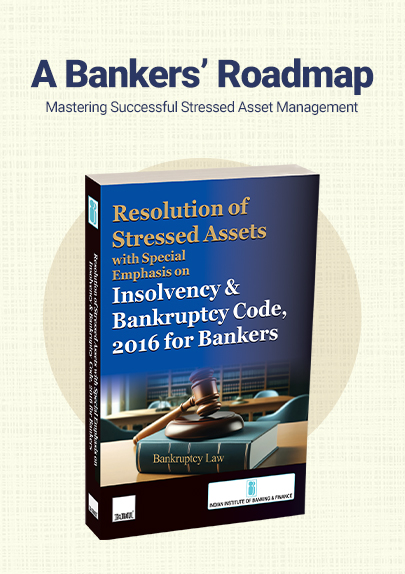[Opinion] GST refund to unregistered buyers where construction contract is cancelled due to time limitation
- Blog|News|GST & Customs|
- 2 Min Read
- By Taxmann
- |
- Last Updated on 28 December, 2022
Siddharth Surana – 145 taxmann.com 576 (Article)
The taxability of real estate and construction is always a topic of challenge in indirect tax jurisdictions across the world, and more so in the context of a developing nation like India. In the Indian context too, the Goods and Services Tax (GST) regime has also made numerous amendments which are relevant to the real estate and construction segment.
In this article, we first summarise some basic provisions of GST that are relevant to real estate and thereafter, discuss the recent pronouncements related to a refund mechanism that was made during the recent GST Council Meeting on 17th December 2022.
Taxability of construction of flat/house
Schedule III to the Central Goods and Services Tax Act, 2017 prescribes activities that are neither a supply of goods nor a supply of services. As per the said Schedule,
“Sale of land, and subject to paragraph 5 of Schedule II, sale of building”
are neither supply of goods nor services.
Further, if we consider the Schedule II para 5(b), it is mentioned, inter alia, that
“construction of a complex, building, civil structure or a part thereof, including a complex or building intended for sale to a buyer, wholly or partly, except where the entire consideration has been received after issuance of completion certificate, where required, by the competent authority or after its first occupation, whichever is earlier”
would be considered a supply of services.
Thus, if we read these combined, the following are some of the conclusions that may be drawn:
1. The sale of flats/ houses where the entire consideration i.e. 100% amount towards sale of flat, is received after the completion certificate or occupation certificate would be covered by Schedule III to the CGST Act and therefore would not attract any GST.
2. In respect of an under construction property, where neither occupation certificate nor completion certificate is issued, any amount received towards such supply, would be considered a supply of services.
3. It would not matter whether the amount towards under construction property is received before or after completion certificate or occupation certificate, and in such cases, the entire amount would be taxed as supply of services. Thus, in such situations, the real estate companies would need to issue a tax invoice, charging GST on the consideration received.
Click Here To Read The Full Article
Disclaimer: The content/information published on the website is only for general information of the user and shall not be construed as legal advice. While the Taxmann has exercised reasonable efforts to ensure the veracity of information/content published, Taxmann shall be under no liability in any manner whatsoever for incorrect information, if any.

Taxmann Publications has a dedicated in-house Research & Editorial Team. This team consists of a team of Chartered Accountants, Company Secretaries, and Lawyers. This team works under the guidance and supervision of editor-in-chief Mr Rakesh Bhargava.
The Research and Editorial Team is responsible for developing reliable and accurate content for the readers. The team follows the six-sigma approach to achieve the benchmark of zero error in its publications and research platforms. The team ensures that the following publication guidelines are thoroughly followed while developing the content:
- The statutory material is obtained only from the authorized and reliable sources
- All the latest developments in the judicial and legislative fields are covered
- Prepare the analytical write-ups on current, controversial, and important issues to help the readers to understand the concept and its implications
- Every content published by Taxmann is complete, accurate and lucid
- All evidence-based statements are supported with proper reference to Section, Circular No., Notification No. or citations
- The golden rules of grammar, style and consistency are thoroughly followed
- Font and size that’s easy to read and remain consistent across all imprint and digital publications are applied






 CA | CS | CMA
CA | CS | CMA


